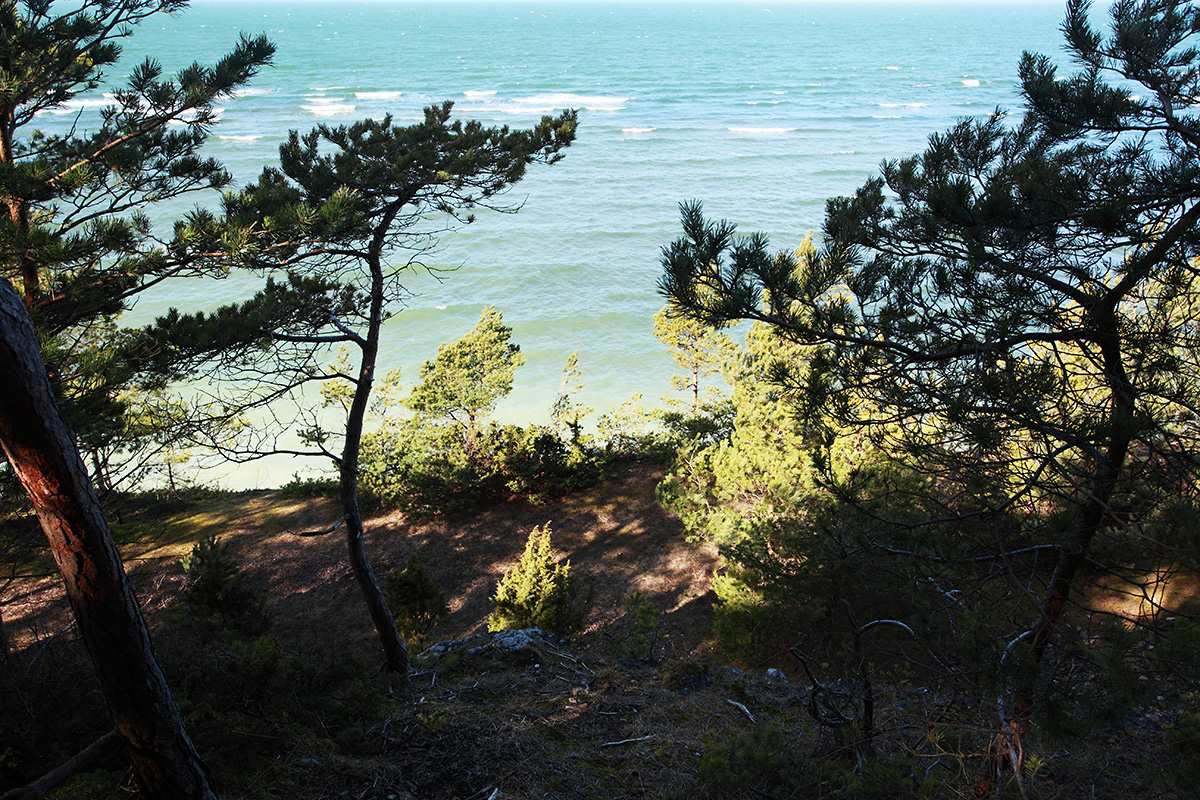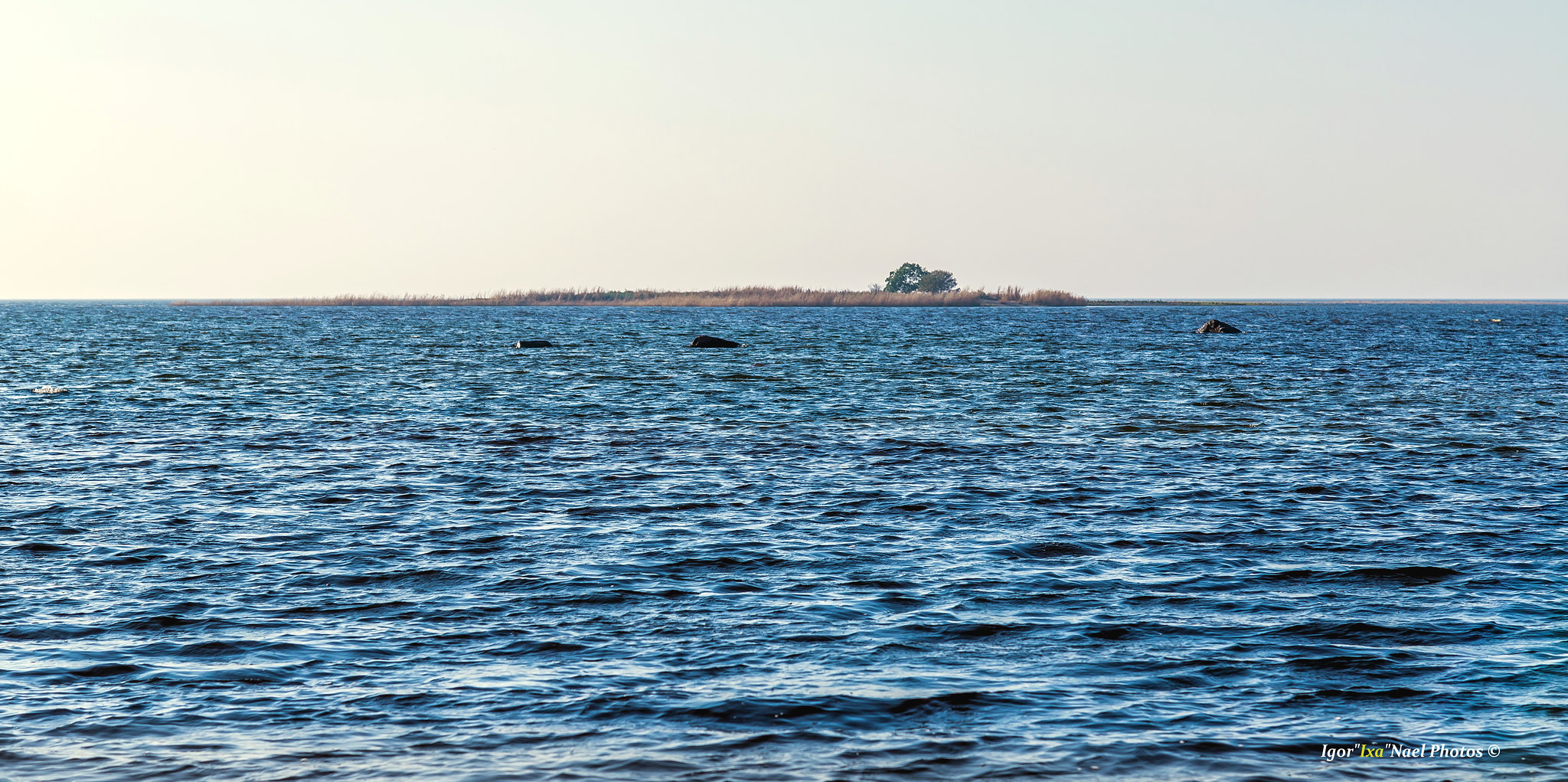All the peoples of the Baltic Sea are concerned about the state of the Baltic Sea
As the Baltic Sea’s ability to offset the negative pressures from human activities and other factors is rather limited, all peoples living along the Baltic Sea are concerned about the state of the ecological status of the Baltic Sea. That is why the Baltic Sea has long been one of the areas with most intensive international cooperation in terms of environmental protection. Whereas in the past, the health of the marine environment has been assessed on the basis of various individual parameters and mostly focused on the description of coastal marine areas, the modern understanding of the assessment of the state of the marine environment and cooperation includes a more systematic approach. This means assessing the indicators that characterise the state of the marine environment, as well as how these indicators are affected by both natural and anthropogenic factors.
Various policies are being implemented to protect the Baltic Sea and achieve its good environmental status (such as the Convention on the Protection of the Marine Environment of the Baltic Sea Area and the Water Framework and Marine Strategy Framework Directives) [1]. Cooperation on the protection of the Baltic Sea is based on the Convention on the Protection of the Marine Environment of the Baltic Sea Area, or HELCOM, to which all the Baltic Sea States and the European Union are parties. The purpose of the convention is to protect the entire Baltic Sea area from all sources of pollution and to restore and protect the ecological balance of the Baltic Sea (see also HELCOM).
In the Baltic Sea, each HELCOM member state must define the so-called HELCOM sites that form the network of protected areas in the Baltic Sea. These areas must be under state protection, i.e. they are usually areas that have already been protected as protected areas, limited-conservation areas, or species protection sites. A total of 176 such sites have been designated in the Baltic Sea [2]. There are seven HELCOM sites in Estonia, covering 24% of Estonia’s territorial sea [3].

Other conventions and agreements
The Ramsar Convention on Wetlands protects and conserves wetlands of international importance because of their ecological and hydrological values. It was signed in 1971 in Ramsar, Iran, and Estonia joined the convention in 1993. There are a total of 17 Ramsar sites in Estonia, seven of which include marine areas. As of the end of 2021, the share of Ramsar sites in the Estonian sea area is 3%.
Most international agreements for the protection of the marine environment have been concluded under the auspices of the International Maritime Organization (IMO). The IMO is an organisation within the United Nations that promotes international cooperation on maritime safety and the prevention of marine pollution. The IMO has a number of agreements, the most important of which deal with the fight against marine pollution.
The United Nations Convention on the Law of the Sea (UNCLOS) is an international agreement that globally governs the general rights and obligations of states in the use and protection of the sea. The convention sets out a number of terms in maritime law (such as the territorial sea, the exclusive economic zone, the high seas) and general obligations for the protection of the marine environment.
Read more on the page of international agreements for the protection of the seas.
Protected marine areas and protected areas at the sea
A protected marine area is, by definition, a protected area established to protect some parts of the sea and its biota and habitats. In the establishment of a protected marine area, the representation of site-specific species, habitats and ecosystems, as well as the wider distribution of all of them is taken into account. As in the course of the establishment of protected marine areas, it has been confirmed that individual isolated protected areas are unable to conserve biodiversity in the long term, it is necessary to establish a network of protected areas. The creation of protected marine areas has been quite modest in the world nature conservation, and it is only in the last decade that countries have begun to actively protect marine areas. In the EU, over 10% of the sea areas are under protection [4].
Estonian law does not provide for a specific protected marine area as such – Estonia has areas under protection (protected areas, limited-conservation areas, etc.) that also protect the sea. In Estonia, the marine area under protection increased sharply after acceding to the European Union, when large marine areas were included in the Natura 2000 network. These areas were mainly put under protection as limited-conservation areas. As at the end of 2022, 27,2% of the Estonian territorial sea is under protection; taking into account the exclusive economic zone (Estonia does not have any protected areas in the exclusive economic zone), the percentage is 18.7% [6].
Each protected area has restrictions according to the species that live there and what is protected there. For example, the movement of people in bird nesting areas during the nesting season or in the habitats of seals during their breeding season is restricted – the movement of people there during that time would disturb the animals or birds.

Restrictions are set separately for each area and can vary a lot. In addition to restrictions on the presence of people and all kinds of moving around, the use of water craft is also restricted as necessary for nature conservation purposes. For example, in some protected areas, a water craft may be used, but only at a certain speed or only a non-motorised craft is permitted; however, in some places, you can only move at certain times or with special permission. Special permits can be applied for from the Environmental Board and it must be explained when and why you want to visit the area [5].
People are generally not allowed to visit the nature reserves at sea at all, as they are designated to be natural areas untouched by human activity. The Nature Conservation Act provides exceptions for visiting a nature reserve only for supervision and rescue work and for research work and conservation management activities.
Restrictions applicable in Estonian sea areas and navigable inland waters and their descriptions for the people moving on the water bodies can be viewed on the EELIS information page.
Last modified: 17.11.2023
__________________________________________________
[1] R. Roasto jt. Eesti looduse kaitse aastal 2020. Tallinn: Keskkonnaagentuur, 2020.
[2] Basic facts. HELCOM
https://helcom.fi/action-areas/marine-protected-areas/basic-facts/
[3] EELIS infoleht. Helcomi alad. Keskkonnaagentuur.
https://infoleht.keskkonnainfo.ee/default.aspx?id=-949990180&state=3;-951956260;est;eelisand
[4] The European environment – state and Outlook 2020. European Environment Agency, 2019.
https://www.eea.europa.eu/publications/soer-2020
[5] Kaitstaval loodusobjektil viibimise loa taotlemine. Keskkonnaamet. https://keskkonnaamet.ee/taotlused-aruanded/elusloodus-looduskaitse/kaitstaval-alal-tegutsemise-taotlused
[6] Looduskaitse arvudes 2022. https://kaur.maps.arcgis.com/apps/MapJournal/index.html?appid=2c6a3fc7ed4641f4b69d20c670732077